|
In 1992, David was given the Trinidad and Tobago Humming Bird Medal Silver (for culture) award in recognition of his unfailing contributions to uplift the roots of Calypsonian culture as evident in his compositions. In 1996, he was appointed as a Goodwill Ambassador to the United Nations Development Programme. He was also able to expand his music by going into soca music (a style of music which also originated from calypso and American soul which has a pounding beat). In 2008, Rudder collaborated with fellow Trinidadian, Machel Montano in his 2007 album Flame on.
Still, many albums and citations followed. He has been featured in various famous magazines, journals and websites such as British Sunday Observer and Guardian, the Barbados Nation and the Gleaner in Jamaica, Germany’s Berliner Morgenpost and Stern Magazine, Cosmopolitan, Billboard, Class Magazine, Ebony Magazine and Newsweek Magazine. Aside from having won prestigious awards and being featured in several shows and print media, another thing he should be proud of is that he has been studied by music critics and academics alike, something which only a music icon can achieve. David Rudder has performed in many well-known places in North America, Europe, Japan and all over the Caribbean. He has also starred in a television drama entitled Sugar Cane Arrows which was his first Trinidadian drama aired in the USA. He was given a citation in the University of West Indies, Saint Augustine Campus in August 2015 where they honored his outstanding works and contributions to society, conferring him with the degree of Doctor of Letters, honoris causa. He was also given positive reviews from fellow musicians and even those who distinguished names in the music industry, which proves that he has earned their admiration and respect. David Michael Rudder has indeed made a mark in the hearts and minds of the people through his music. (Source: http://www.davidmichaelrudder.com/category/blogging/)
0 Comments
Check it out here
This was the man who created the first Police Steelband - Supt. Anthony Prospect. (His real name was actually Guillermo Antonio Prospect, but he was popularly known by the English version of his middle name.) Born in Port-of-Spain on February 10, 1928, Prospect joined the T&T Police Force in 1944. In 1963, he became the first local musician to graduate from the Royal Military School of Music, where he won the trophy for Best Conductor and majored as an ethnomusicologist, with emphasis on the steelband and folk music. Prospect came to public attention in 1964 when he was appointed Bandmaster of the Police Band, the first local musician in the post. He made an immediate impact. He formed the first police steelband in 1964 and, at that year’s Independence Day Parade, he broke the tradition of playing exclusively European military marches, having the Band play his adaptation of Lord Kitchener's winning Road March calypso "Mama Dis Is Mas" to the military march. Prospect went on to develop a long relationship with Trinidad’s steelbands. He composed the test pieces for Steelband Music Festivals: Intermezzo in E Flat (1966) and Maracas Bay (1972). In 1978, he produced an album for Renegades steelband after touring South America with them. In 1981, he was the musical director and conductor of Desperadoes for its tour of England. Further, he arranged Casablanca’s music scores for the 1980 and 1982 Music Festivals with "Zampa Overture" (2nd Place) and "1812 Overture" (1st Place), respectively. Prospect was immortalised in calypso by The Mighty Sparrow, in a celebrated piece titled "The Governor’s Ball", which became more widely known for its chorus tag-line: "Shake Your Baton Like Mr Prospect". Prospect retired as the Police bandmaster in 1982. During the ‘90s, however, he served as steelband consultant to the Inter-Cultural Music Institute (CIMI), a project mounted jointly by The University of the West Indies and the United National Development Programme. He was also selected as chief adjudicator at Panorama competitions for various Carnivals held in North America. Prospect died May 3, 2000, at a hospital in Miami, Florida. He was the recipient of a national award: Public Service Medal of Merit, Gold, for Music (1973). (Source: Dominic Kalipersad, May 16, 2022) 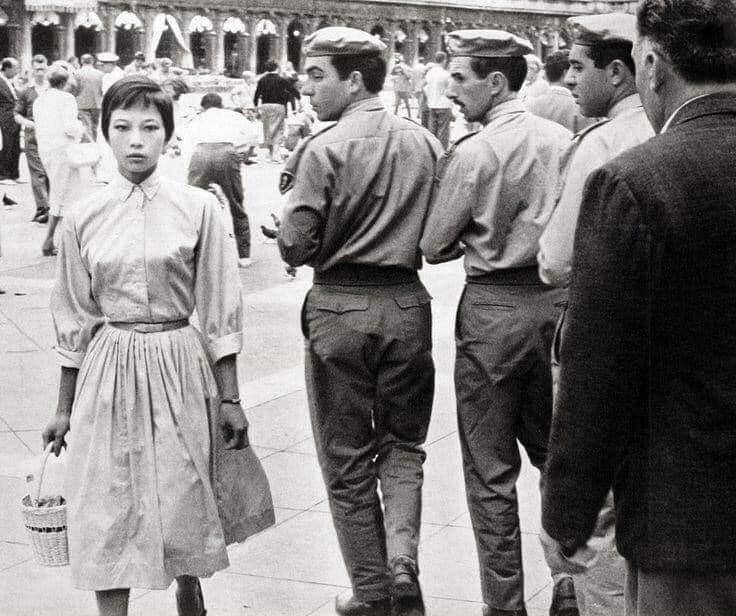 Trinidad-born British actress Jacqui Chan is caught turning the heads of uniformed passers-by in this impromptu photo taken in Venice in 1956 by Antony Armstrong-Jones (later Lord Snowdon), the British socialite photographer who eventually married Queen Elizabeth II's sister. Chan was also a photographic model and, at the time, was Armstrong-Jones's girlfriend. She is thought to have been his first love. Chan had met him in March of 1955, when the 25-year-old photographer took the then-18-year old dancer’s portrait, when she was starring in the play 'Teahouse of the August Moon'. Armstrong-Jones, however, went on to marry Britain’s Princess Margaret in 1960 during the time of his relationship with Chan. When Chan heard the news of her former lover's engagement to the Princess, she reportedly said, "Well, I hope she can cope better than I could." In an interview with The Australian Women's Weekly in February 1961, Chan wanted to make it clear that she had her own success apart from her relationship with Armstrong-Jones. “I do not owe my career to all that sort of publicity," she said. "The suggestion that I had never been offered a job until all this business is what makes me so mad. It just isn't true." Indeed, Chan has had a long and varied career, both as a dancer on stage and an actress on the silver screen. She rose to fame thanks to her turn as Gwennie Lee in a 1959 West End stage production of 'The World of Suzie Wong'. During the 1960s, she had roles in several television series including 'Dixon of Dock Green', 'The Hidden Truth', 'Armchair Theatre', and 'Ghost Squad'. She played the handmaiden Lotus in the 1963 film 'Cleopatra' that starred Elizabeth Taylor. Some of her notable works include the role of Mrs Liu in "Moving Parts" (2017); 'Sherlock' (2012); Mutant Chronicles (2008); Wake of Death (2004); and Netflix drama 'Marco Polo'. Born in 1939, Chan, cousin of famed Trinidadian painter Carlisle Chan, continues to fetch TV and film roles, and has been visiting Trinidad over the years. (Source: Dominic Kalipersad, may 19, 2022) ……….. and they brought in their “jahaji bundles” a culture that reshaped the society of Trinidad and Tobago and contributed to Trinbago’s ethnic mosaic. Jahaji is an Indian word meaning shipmate, specifically those indentured servants who travelled from India to the Caribbean on the same ship. A jahaji bundle was the bundled possessions of some of our ancestors who embarked on a journey one hundred and seventy –seven years ago seeking a better way of life for themselves and their families. The crossing of the perilous dark water or Kala Pani created an unbreakable bond of kinship , the brotherhood of the Jahajis In this brotherhood which blossomed on the Fatal Razak , all barriers of religion, caste and colour were put aside and new relationships flourished , forming a strong bond of kinship among those making the journey to face an uncertain future. Knowing full well of the challenges that awaited them in an alien land and dressed in their dhoti, kurta, sari and laden with their family jewellery, they came bringing with them reminders of their motherland wrapped tightly in their small jahagi bundles. The "jahaji bundle" (four corners of a piece of cloth tied to make a carrier) could be described as a olden-day suitcase that held all the worldly possessions of an indentured immigrant labourer who travelled the high seas for three months to arrive in Trinidad from the port of Howrah in Calcutta in 1845. From food to plants, to seeds, curry and spices and reminders of their religious beliefs they traveled with these in their jahaji bundles. In fact the agricultural landscape of Trinidad has been changed because of the seeds and cuttings of plants which indentured labourers brought in their "jahaji bundles." Despite their heavy sufferings during the indentureship period and years of perseverance, our ancestors have stamped their names on this land. Their legacy lives on. We salute the many contributions our ancestors have made to the development of Trinidad and Tobago. Vintage Photo courtesy Scott Henderson shows two East Indian Indentured servants seated with their jahaji bundle at their feet and a child standing in the shadows of the doorway. (Source: Virtual Museum of TT, May 7, 2022) This is the man for whom Woodford Square is named: Sir Ralph James Woodford, Trinidad’s longest-serving British Governor (1784-1828).
Woodford did much for the development of Port-of-Spain and the island, but he also maintained slavery and discrimination against non-white peoples. He has variously been described as “one of the most progressive Governors” and “a vicious, racist early nineteenth-century leader”. As Governor, Woodford was responsible for rebuilding the square (known as Brunswick Square) and much of the city after the 1808 fire. He improved trade by introducing a round-island steamer service (1818), initiated land reclamation which changed the Port-of-Spain waterfront (1823), and opened primary schools for elite children (1826). He also bought the Paradise Estate and Hollandais Estates (1818), the former becoming the Queen’s Park Savannah, the latter to create a new Government House (now known as President’s House), the Botanical Gardens, and St Ann’s. Both of the current cathedrals in Port-of-Spain have their origins in churches built by Woodford for the Anglican and Roman Catholic communities. Woodford was also opposed to the abolition of slavery and created a system of institutionalised racism. He enforced repressive laws against non-whites, created prescriptions against free black people, and sought to prevent marriages between white and black people. Woodford felt that Trinidad’s free coloureds had too many freedoms, were too rich and too closely ingratiated to white society. He tried to set a legal limit on how much land they could own. He even promoted the segregation of churches, cemeteries too, not wanting whites to mix with blacks even after death. In an article published in Newsday on May 3, 2022, Shabaka Kambon, director, Cross Rhodes Freedom Project, said Woodford was the most notorious racist and white supremacist in T&T’s history. He said, “(Woodford) publicly called on whites in this country to be exceedingly harsh with people of colour, and segregated everything from the pews of the churches to the cemeteries. Blacks and whites were never supposed to be equal or to sit together. “And the work that Woodford did in his reign as the longest-serving colonial governor still affects the people of T&T up to today.” Kambon said Woodford was opposed by Fr Francis de Ridder, the first coloured RC priest in this country, who set up the first desegregated primary school and church, in the time of Woodford. But T&T forgot and ignored him. “The values that he represents we don’t think are worthy to be celebrated publicly. But the man who persecuted him to death, Governor Woodford, the litany of things Woodford did – that man is celebrated over the man who stood up for the values we say we celebrate today.” Sources: •National Trust of T&T https://nationaltrust.tt/contested-heritage-at-the-heart.../ •Caribbean History Archives: http://caribbeanhistoryarchives.blogspot.com/.../picton... •Newsday: https://newsday.co.tt/.../cross-rhodes-freedom-project.../ (Dominic Kalipersad, May 7, 2022) Dr. Fidel Castro paid a visit to Mount St Benedict soon after the Cuban Revolution in 1959. Here he is being greeted by the prior, Dom Hugh van der Sanden. He was accompanied by Ernesto "Che" Guevara, an Argentine Marxist revolutionary, and several members of the new Cuban Regime. Dr. Castro was on his way to Rio de Janeiro. As he was about to leave Piarco International Airport, he looked up into the hills. He beheld the majestic sight of the monastery in the distance and immediately demanded that he be taken there before leaving Trinidad. The hills in the distance reminded him of the hills from which he orchestrated his armed revolt against the authoritarian government of Cuban President Fulgencio Batista. He was warmly greeted by the monks, including Brother Bruno and the prior, who took him for an extensive visit of the monastery.
Dr. Castro who was educated at Havana's Jesuit-run Belen College and who belonged to the Catholic University Students movement while studying law in Havana University, said that Cuba is beginning a new era in which the Christian spirit will prevail. ( Credit Archives from Mount St. Benedict). (Source: Virtual Museum of TT , May 9, 2022) |
T&T news blogThe intent of this blog is to bring some news from home and other fun items. If you enjoy what you read, please leave us a comment.. Archives
July 2025
Categories
All
|
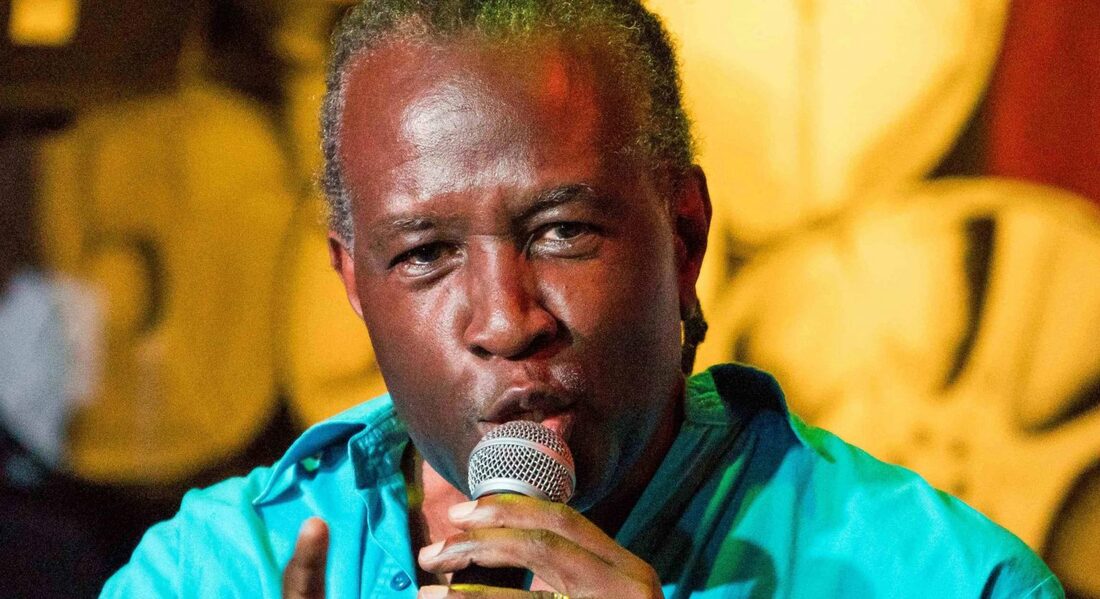
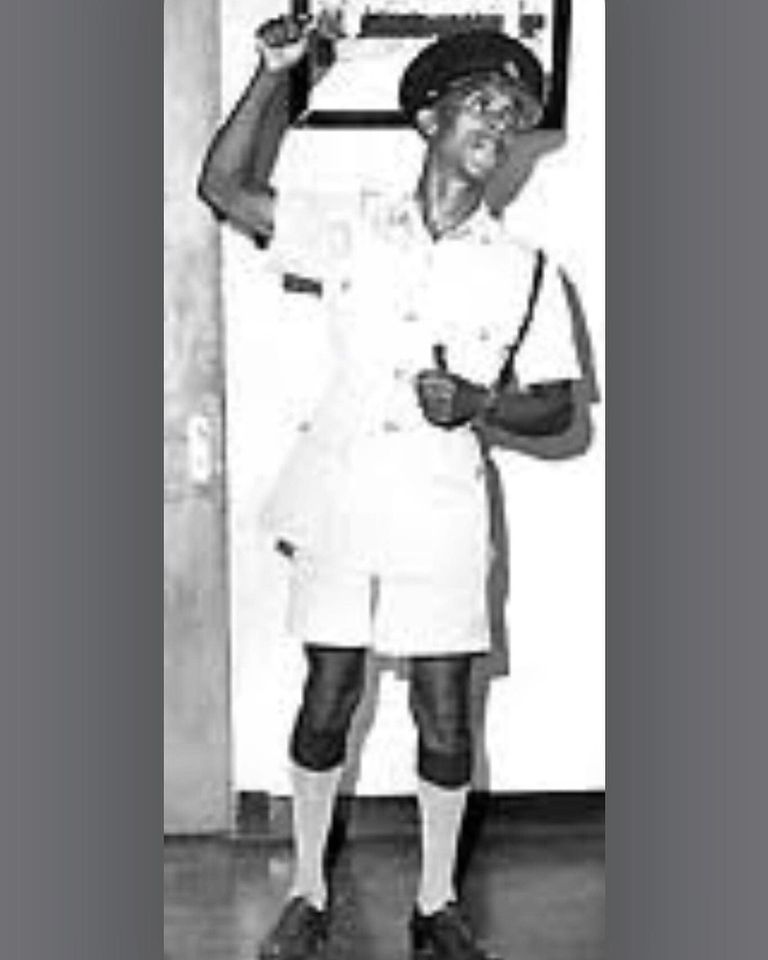
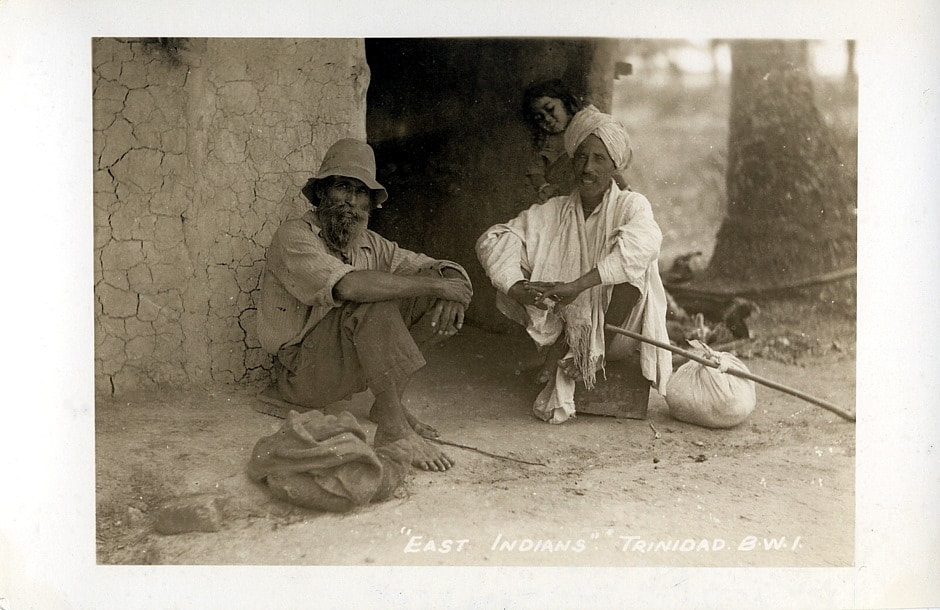
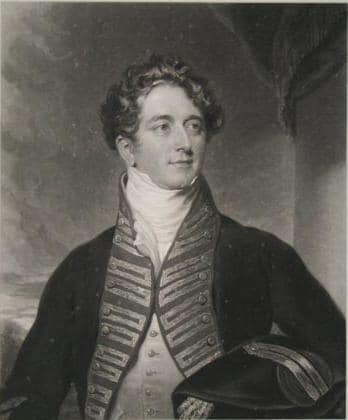
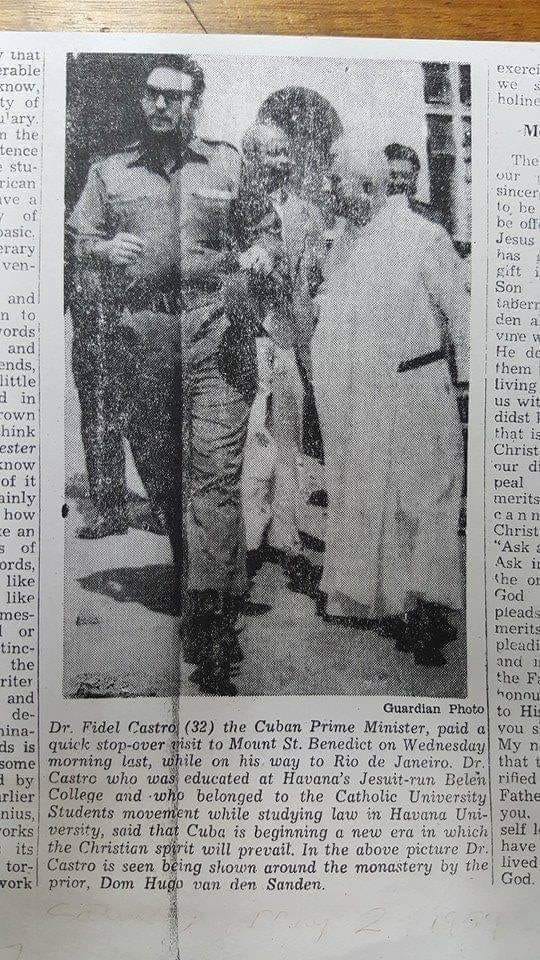

 RSS Feed
RSS Feed